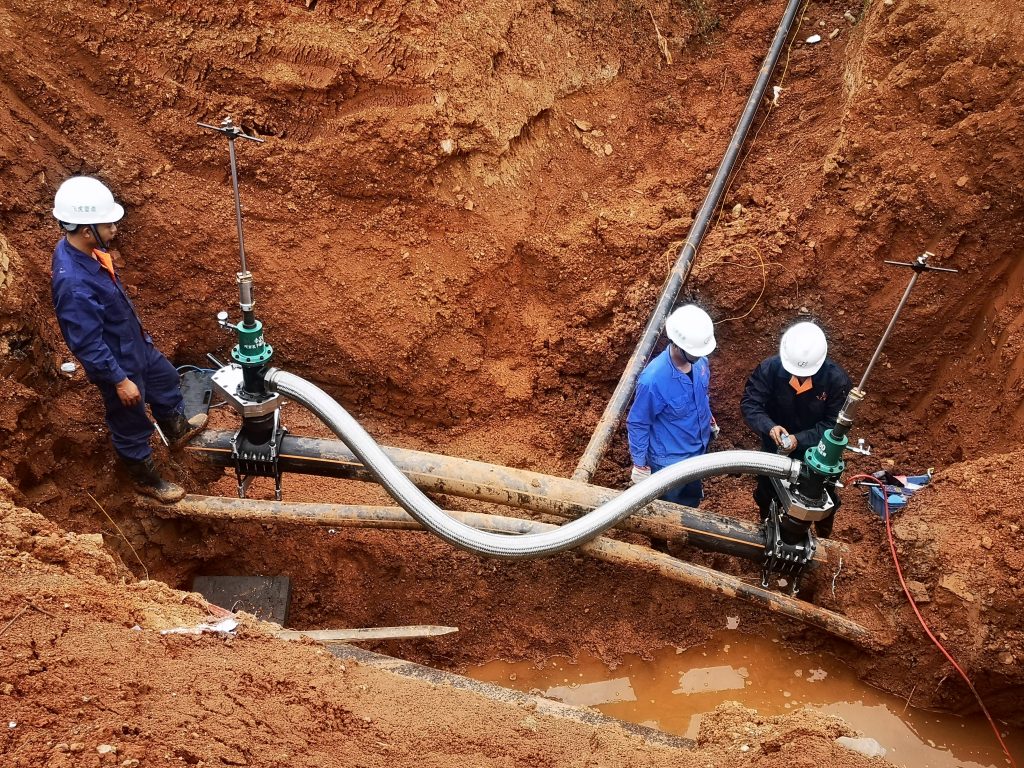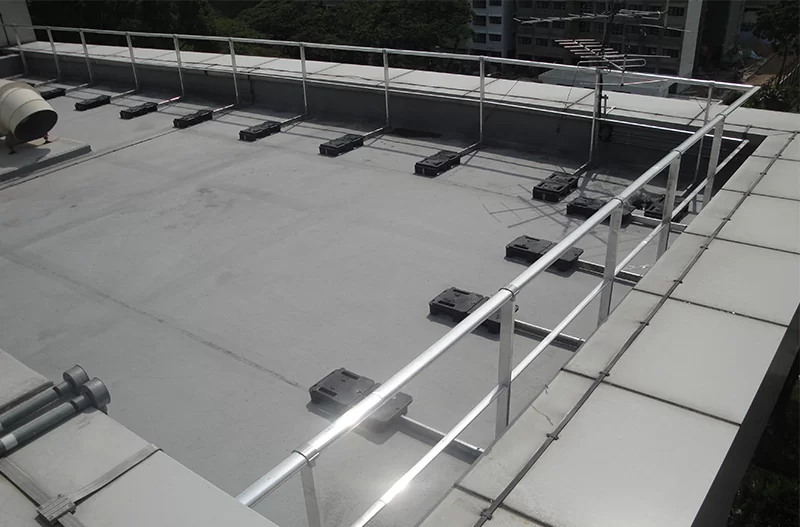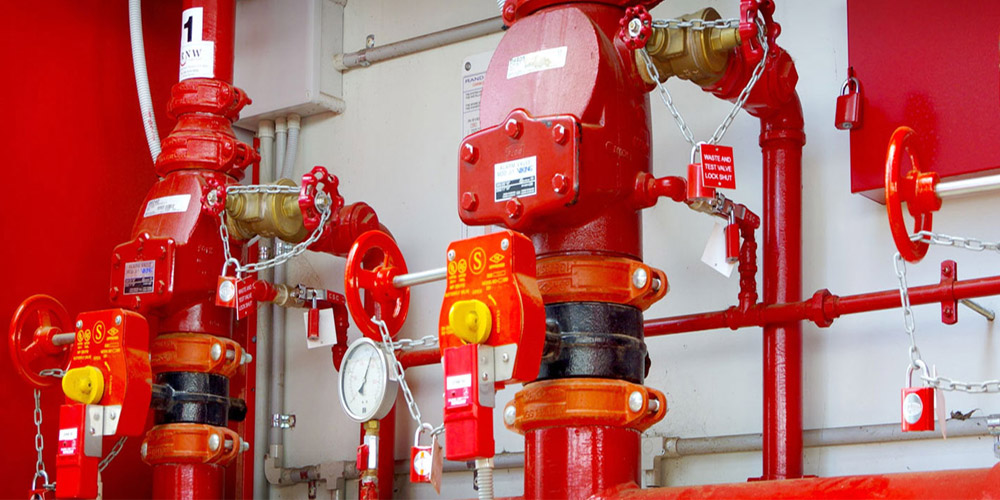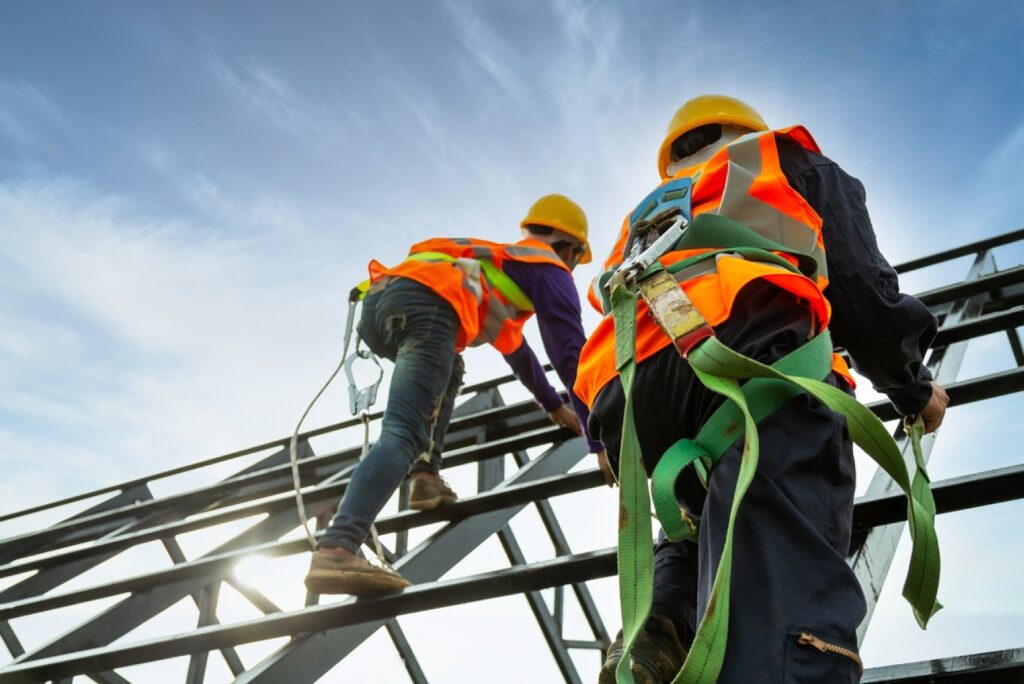Understanding PE Line Stopping
PE Line Stopping is an advanced pipeline maintenance technique used to temporarily isolate a section of polyethylene (PE) pipeline without shutting down the entire system. This method allows for repairs, maintenance, or modifications to take place without affecting the rest of the pipeline network. PE line stopping is widely applied in water distribution, gas pipelines, and various industrial systems where continuous service is critical. The process uses specialized equipment to block flow within the pipeline safely and effectively. This method eliminates the need for costly and time-consuming excavation work. By reducing disruption to service, PE line stopping provides a practical solution for pipeline repairs and maintenance. Understanding the fundamentals of PE line stopping is essential for engineers and utility providers who want to optimize infrastructure management while reducing operational downtime.
Types of PE Line Stopping Methods
There are several methods of PE line stopping, each suited for specific situations and pipeline conditions. Mechanical line stopping involves physically inserting a blocking device into the pipeline to isolate the section. Pneumatic and hydraulic line stopping methods use pressure-driven devices to create a seal inside the pipeline. These methods differ in setup, application, and suitability depending on pipeline material, pressure, and diameter. Mechanical methods are often chosen for smaller pipelines with easy access, while hydraulic and pneumatic techniques are preferred for larger or higher-pressure systems. Choosing the right method requires careful consideration of the pipeline conditions and maintenance objectives. PE line stopping offers flexibility, allowing operators to select the most efficient method for the task. This versatility is one of the reasons the method has grown in popularity in pipeline maintenance projects.
Key Advantages of PE Line Stopping
PE Line Stopping offers multiple advantages that make it an attractive choice for pipeline maintenance and repair projects. One of the primary benefits is minimizing downtime and avoiding full system shutdowns. This allows utilities to maintain continuous service for their customers. It is also cost-effective compared to traditional excavation, as it eliminates the need for digging up entire pipeline sections. Safety is another major advantage since the procedure reduces exposure to hazardous excavation work. PE line stopping also speeds up maintenance processes, meaning issues are resolved faster and pipeline efficiency is restored quickly. Long-term reliability is improved because the procedure causes minimal disruption to the pipeline structure. These benefits combine to make PE line stopping a preferred solution for modern pipeline maintenance.
Step-by-Step Process of PE Line Stopping
The process of PE line stopping follows a structured approach to ensure safety and effectiveness. It starts with a thorough site assessment, which includes evaluating the pipeline’s condition, diameter, and pressure level. Preparation involves setting up equipment and ensuring the site meets safety standards. Once the site is prepared, the stopping device is installed and the targeted section of the pipeline is isolated. After the stop is in place, maintenance or repair work can be carried out efficiently. Pressure testing is then performed to confirm the integrity of the isolated section. Finally, the line stop is removed, and the pipeline is returned to full operation. This careful process ensures that PE line stopping is not only effective but also safe for workers and the environment.
Common Challenges and How to Overcome Them
PE Line Stopping can face challenges that need careful planning to address effectively. Different pipe materials may require specific stopping devices, and using the wrong equipment can lead to failure. High-pressure pipelines present additional challenges, demanding equipment designed to withstand extreme conditions. Limited access to pipeline sites can also complicate the process, especially in urban environments. Long-term reliability may be affected if the stop is not executed properly or if maintenance is insufficient. Choosing experienced technicians and using proper equipment are critical to overcoming these challenges. Effective planning and communication between project managers and technicians are key to ensuring success.
Safety Protocols in PE Line Stopping
Safety is a critical consideration in any PE line stopping operation. Operators must use personal protective equipment (PPE) such as helmets, gloves, and protective eyewear to prevent injury. A detailed risk assessment should be conducted before starting work to identify potential hazards and plan mitigations. Workers must be trained in line stopping procedures and emergency response protocols. Strict adherence to regulatory compliance and safety standards ensures the process is performed without unnecessary risk. Equipment should be regularly inspected and maintained to guarantee performance. Clear communication between team members is essential to maintain safety at every stage of the operation. Following proper safety protocols protects both personnel and the integrity of the pipeline system.
Innovations and Trends in PE Line Stopping
Advancements in technology are making PE line stopping more efficient and effective than ever before. Modern stopping devices have become more compact and easier to deploy, allowing operations in tighter spaces. Integration with smart infrastructure allows operators to monitor stopping procedures in real time, improving precision and safety. Innovations in materials and engineering have led to devices that can withstand higher pressures and longer stopping durations. Environmental sustainability is becoming a priority, with greener materials and methods reducing the environmental footprint of pipeline maintenance. These innovations make PE line stopping a forward-looking solution in infrastructure management. The ability to adapt to new technology will be vital for operators who want to keep pace with industry advancements.
Choosing the Right PE Line Stopping Service Provider
Selecting the right service provider is essential for successful PE line stopping projects. Look for providers with proven experience in handling various pipeline sizes and conditions. Certifications and industry standards compliance are important indicators of reliability and safety. Assess the provider’s equipment capabilities and technical expertise before making a decision. It is also important to consider the provider’s communication process and responsiveness to client needs. Cost should be evaluated alongside quality to ensure the best value for money. Asking the right questions and reviewing past projects can help ensure you choose the most competent and reliable provider for PE line stopping needs.
Frequently Asked Questions (FAQ)
What is the difference between PE line stopping and conventional pipeline repair?
PE line stopping isolates sections of a pipeline without excavation, allowing repairs without shutting down the entire system, unlike conventional methods that require full system shutdowns and excavation.
How long does a PE line stopping procedure typically take?
The process can vary depending on pipeline size and complexity, but most procedures are completed within a few hours to minimize disruption.
Can PE line stopping be used on all pipeline sizes?
PE line stopping can be adapted for a wide range of pipeline sizes, but the method and equipment must be selected according to specific conditions.
What maintenance is required after line stopping?
Post-procedure inspections and pressure testing ensure the stop was effective and the pipeline remains in optimal condition.
How much does PE line stopping cost compared to excavation?
PE line stopping is generally more cost-effective because it avoids extensive excavation and reduces downtime.
Takeaway
PE Line Stopping offers a modern, efficient, and safe method for pipeline maintenance that keeps operations running smoothly. Its advantages in cost, speed, and safety make it an essential solution for utility providers and industrial operators. Understanding the process, selecting the right method, and working with experienced service providers ensure optimal results. As technology continues to advance, PE line stopping will become even more efficient, making it a critical technique in pipeline infrastructure management.
















